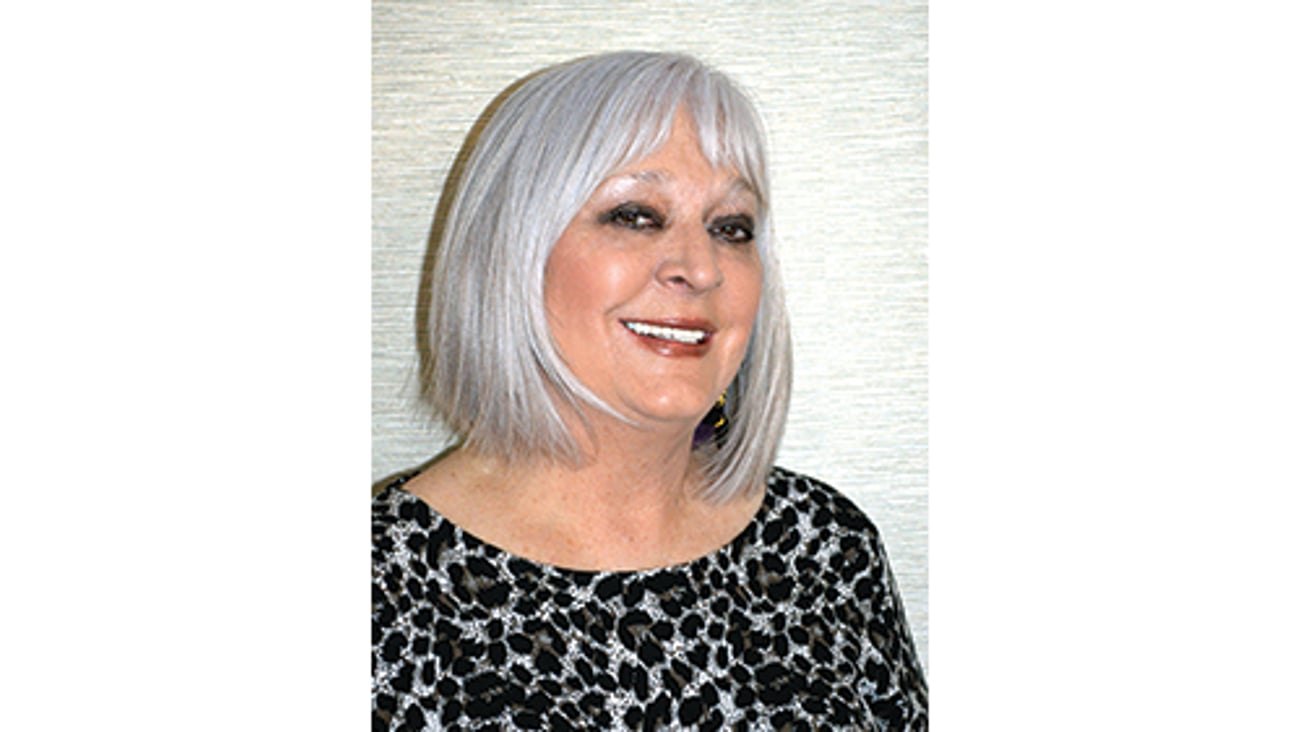Expanding pharmacy care
Pharmacies are providing more health services than ever. From prescribing treatment following a point-of-care test to prescribing hormonal contraceptives, pharmacists are standing in the gap to address healthcare disparities and improve patient health. From a public health perspective, this advancement brings hope that pharmacy footprints will continue to expand to improve access to care.
Today, pharmacists are the most accessible healthcare providers, with approximately 186,230 retail pharmacists available at 60,000 locations across the country. Patients trust pharmacists to meet their care needs, visiting their community pharmacist roughly twice as frequently as they visit primary care physicians. In rural areas where patients may have just one doctor or fewer for every 1,500 people, frequency of visits is even higher and arguably more critical.
[Read more: Healing the healthcare system]
However, a new phenomenon—pharmacy deserts—puts these numbers in sharp focus. According to a recent report, 2,177 rural towns with populations between 500 and 5,000 people did not have access to a pharmacy within 10 miles. While rural areas are especially hit hard by pharmacy closures, urban and suburban areas aren’t immune either.
Several factors may be at play in creating pharmacy deserts. Decreasing reimbursement rates for pharmacy services have led to store closures, while a shortage of trained pharmacists poses another challenge. Pharmacists are leaving the field even as fewer people are graduating with a pharmacy degree. The American Association of Colleges of Pharmacy reported that 136 pharmacy schools graduated 13,323 new pharmacists in 2022, down from 14,223 in 2021. And for 2023 fewer than 10,000 students were accepted through the Pharmacy College Application Service, indicating a continuing decline.
With the support of better-aligned reimbursement policy and other incentives, pharmacies can establish a location in these areas to address underserved communities. Pharmacies offering a hybrid approach of prescription dispensing and clinical services can better serve the community, while opening more diversified revenue streams. Then by employing new technology to ensure operational efficiency and care delivery, they can free up pharmacists to deliver care and get reimbursed for it.
[DSN webinar: Panelists weigh in on pharmacists' expanded role as providers]
Thankfully, pharmacists are uniquely equipped to deliver clinical services. A pharmacist’s education includes rigorous training about diseases, assessing the health status of patients, providing education and helping patients manage diseases–all this over a minimum of six years of education, as well as national and state licensure and continuing education classes to keep their skills and knowledge up to date.
Pharmacists chose this career to improve patient health in the communities where they live. Now they have the chance to go into hard-to-reach places, practice at the top of their license, and work on a greater mission to improve our nation's health.
David Pope, Pharm.D., CDE, is chief pharmacy officer of XiFin Inc.
For more TSE 2024 show coverage, visit:





